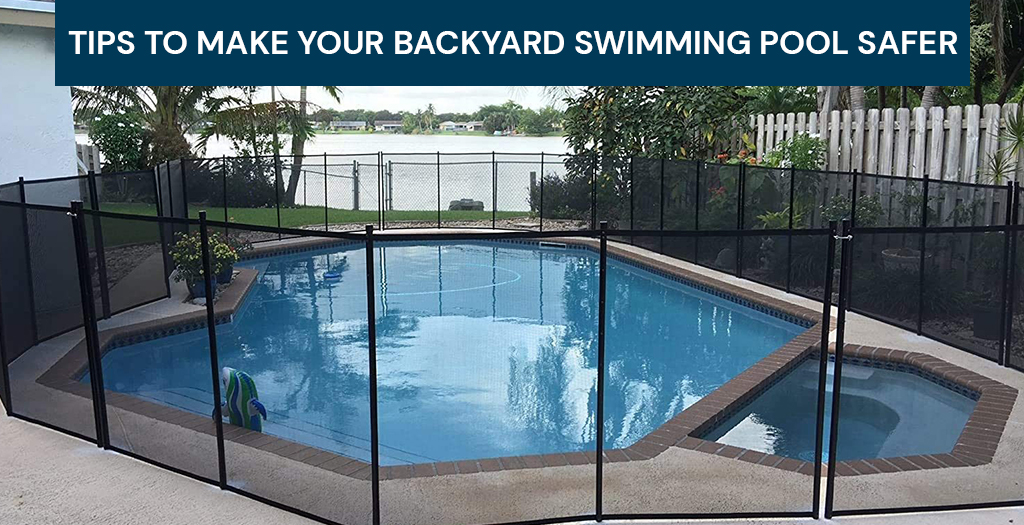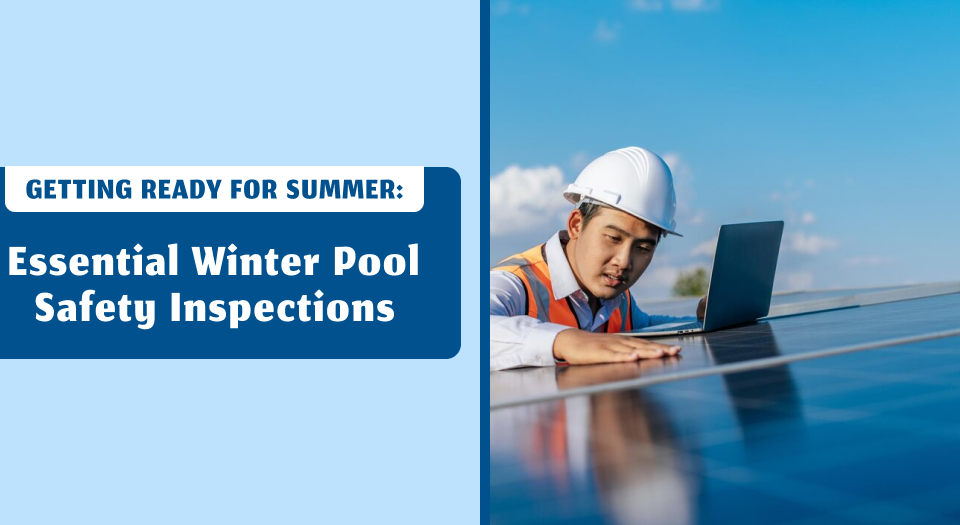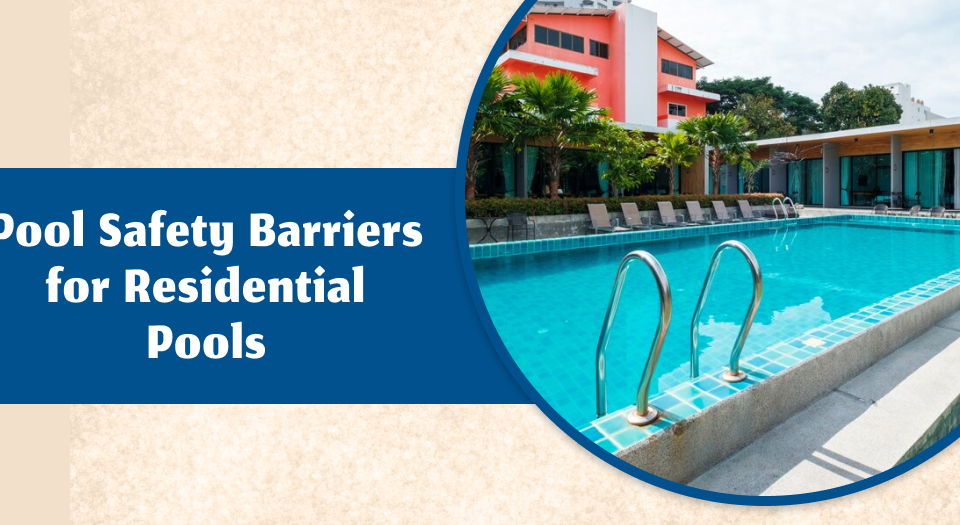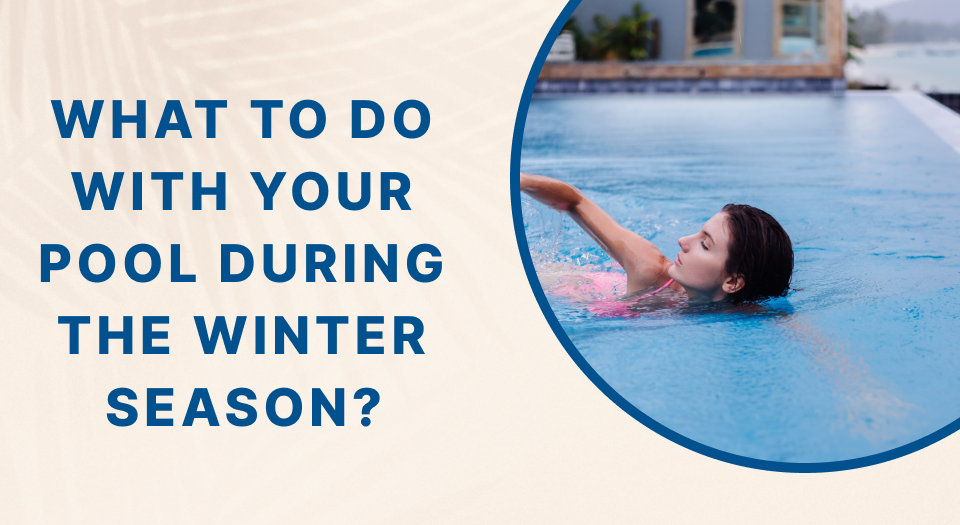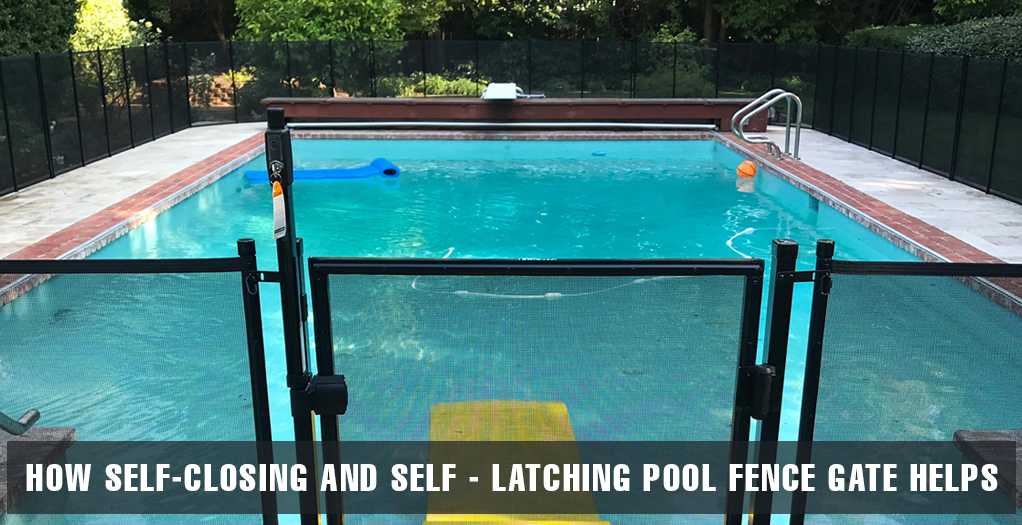
How Self-Closing and Self-Latching Pool Fence Gate helps?
July 27, 2021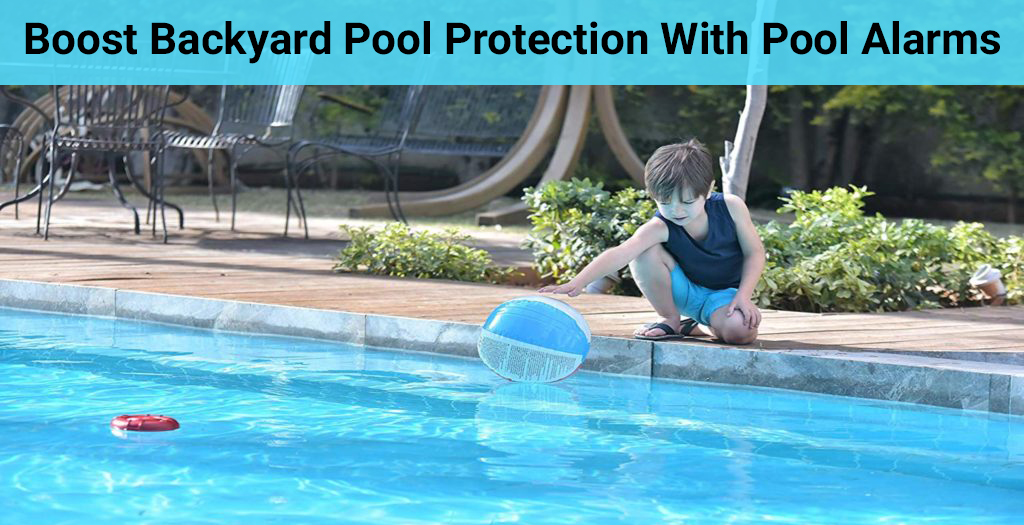
Boost Backyard Pool Protection with Pool Alarms
August 30, 2021A swimming pool in the backyard will attract kids. They will be eager to swim even if it is not the right time. However, you must consider safety because children will figure out a way to make it into the pool while being supervised if you aren’t vigilant.
Pool safety is essential for all ages, but it is a must for young children. Pool drowning today is the leading cause of death for ages 1-4. Toddlers can drown in only 1-2 inches of water and pretty quickly.
How can you make your pool safer
The US Consumer Product Safety Commission has researched incidents of children drowning under the age of 4 in Florida, California, and Arizona where pools are common. It turns out that almost 70% of the children were not suppose to be in the pool.
Between 2013 and 2015, most of the drownings of children under the age of 4 occurred in their home spa or pool. Most of the drownings happened when children were left in the house and ended up falling into an unfenced pool. They crawled out of the dog door, climbed through the window, and slipped out of the door to access the pool.
Family pools are not the only places children can enter without adult supervision. A quarter of children under the age of four are reported drowning in the homes of neighbors, relatives or friends.
Only a few municipalities and states have legislation that requires pool safety fences. There is no national pool fence law. However, it would be helpful if you put up a sturdy fence surrounding the pool. You can install the automatic latch gate and closure with the latch that is at least 54 inches off the ground.
Whenever your child is at someone else’s home, it is better to check how your child has access to the pool. In addition to the fence, you can use other means as a supplementary layer of protection.
Tips to make backyard swimming pool safer
Here are few quick tips to make your backyard swimming pool a safe place for your kids.
1. Safety doors, doorknob covers, and door locks
It helps to prevent very young children from going unnoticed. You need to make sure that all the family members know to close the door behind them so that young children cannot chase them.
2. Pool alarm
A child may drown in just a few seconds without any splash. The swimming pool alarm detects waves on the surface of the sounds and water when someone falls into the pool. Make sure that the alarm has a new battery however there is no substitute for a properly installed pool fence.
3. House door alarms and pool fence gate
Gate and door alarms can be equipped with a touchpad that allows adults to pass through without having to turn them off. House doors need to be locked if children can reach the pool through them.
4. Water watcher
Find people in the group who have can watch children play and swim in or near the pool. The person must not consume alcohol and avoid activities like tidying up, preparing meals, socializing, and efficiently supervising even if there are guards. Make sure that the water watcher takes timely breaks and hand over the duties to another adult.
5. Touch surveillance
The American Academy of Pediatrics recommends staying within the arm length of the infant and always provide touch surveillance. It would be best not to rely entirely on lifeguards with dozens of children to go into the water with their toddlers and monitor them.
6. Life jackets
You can place your child in a properly worn US Coast Guard-approved life jacket near yourself or water. Keep the equipment approved by the Coast Guard, such as life preservers by the pool.
7. Swimming lessons
Swimming lessons add up a layer of protection against drowning that can begin at the age of one.
Conclusion
It is never too early or too late to teach your kids how to swim. Many swimming classes are offered year-round. However, you must take full precautions and make sure that your backyard swimming pool is safe for children to play around.

